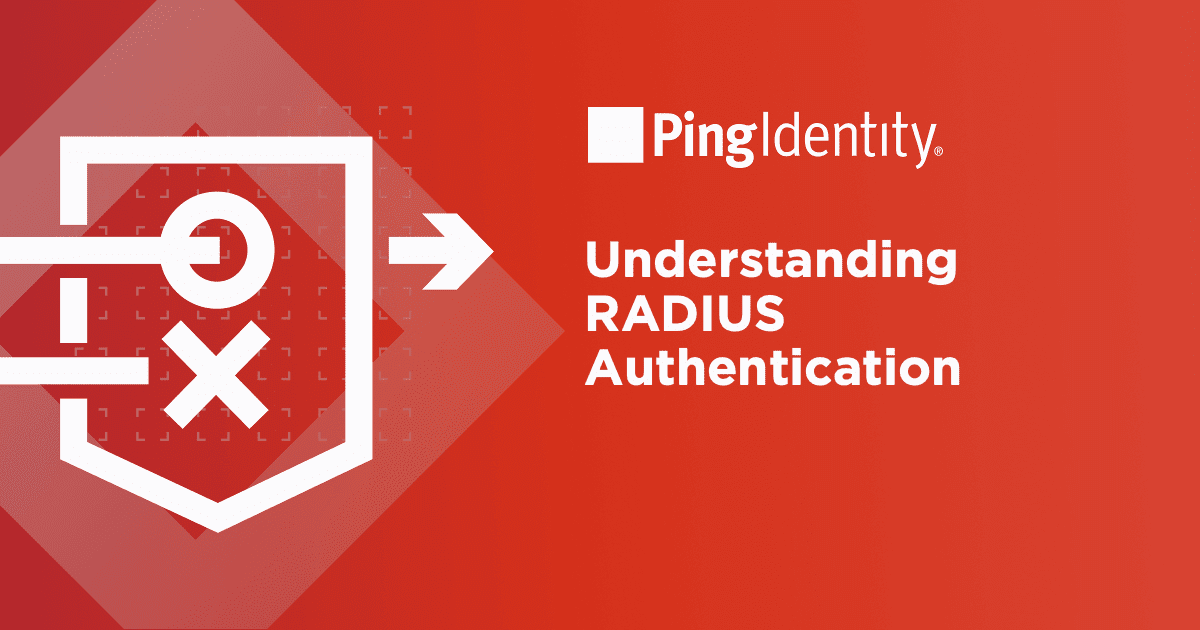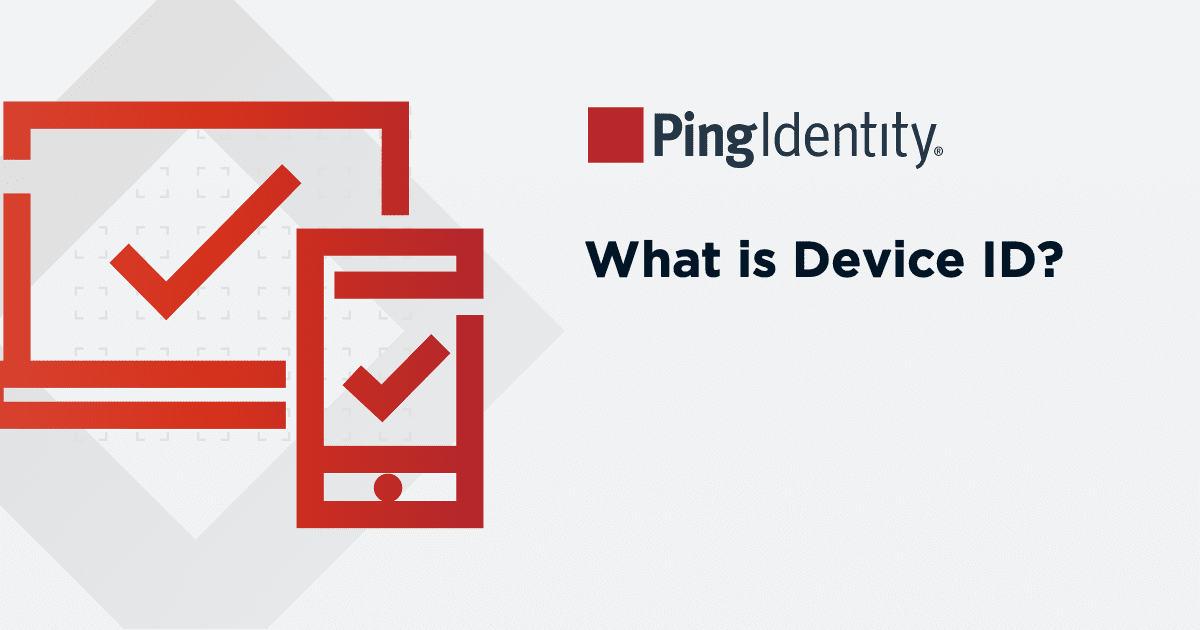Enterprises across the globe have been trying to minimize and remove passwords for years. Security is an obvious reason why, as attacks featuring lost or stolen credentials account for 80% of breaches. Productivity also is a factor, since the amount of time your employees spend each year entering, resetting and keeping track of passwords wastes time and drains resources.
Despite such valid concerns, for many companies getting rid of passwords has been more a stretch goal than a reality—but that’s about to change. Passwordless adoption no longer requires a significant hardware investment to get started, with advancements in multi-factor authentication (MFA) device-level biometrics like facial and fingerprint recognition providing alternatives to passwords. And many employees who are familiar with these technologies outside of work are aware of their speed and ease-of-use benefits, and therefore are more receptive to using them in the workplace.
Additionally, passwordless is gaining traction because today’s enterprises have choices when it comes to available authentication methods. Chances are your organization has already implemented a variation of passwordless already, and you may not even know it. Here are the typical ways you can implement passwordless today (from less to more advanced, technologically speaking):
- Fewer Logins: Using a time-based policy on a browser or device so your employees can proceed without login prompts
- Passwordless Login: Stronger methods (fingerprint, facial recognition, push notification, hard token, etc.) as the primary authentication method
- Zero Login: A scenario without username or password, where authentication happens via a cookie stored on the accessing device or browser
- FIDO Login: Login via an open standard for passwordless authentication designed for privacy and increased adoption
It’s the latter method—FIDO login—that holds a great deal of promise for helping grow a passwordless future globally across all industries. Read on to learn why the FIDO open standard is helping allay security unease and encourage user adoption of passwordless authentication.




